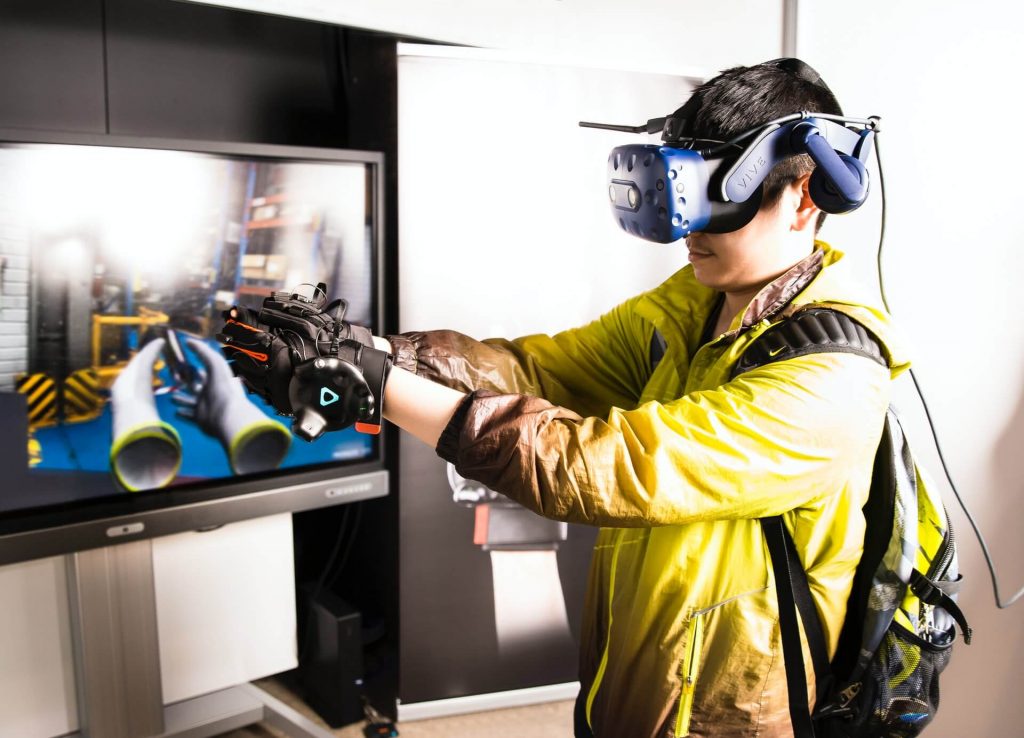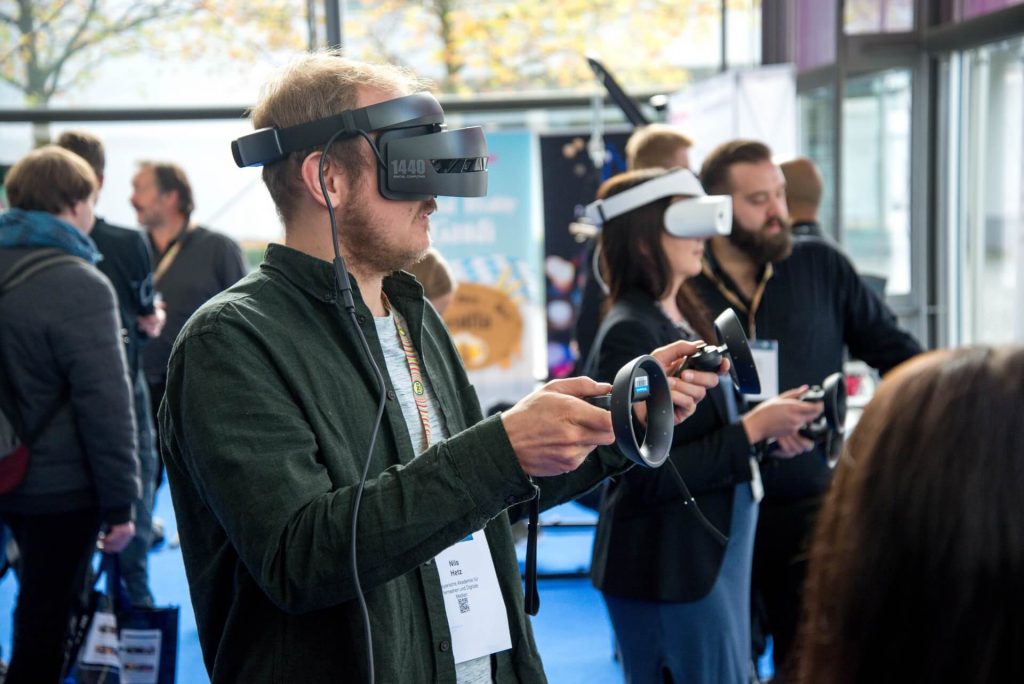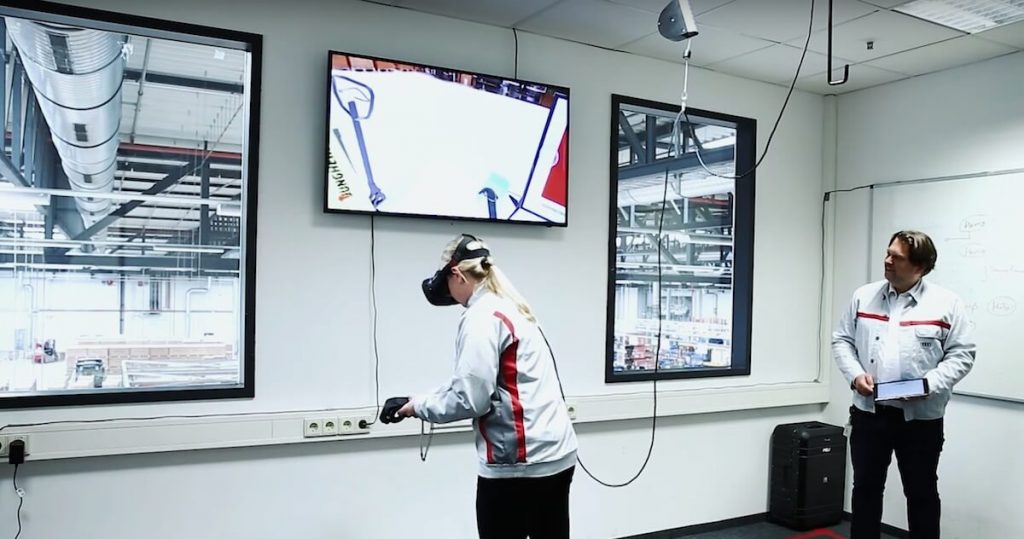Context is critical to learning, and training organizations are always looking for ways for employees to understand the applications of their learning to their jobs. Scenario-based immersive learning can help. Immersive training places individuals in an interactive learning environment, either physically or virtually, to replicate possible scenarios or to teach particular skills or techniques. Simulations, role play, and virtual learning environments can be considered immersive learning.
What benefits does immersive training bring
Leveraging technology in the right way can help improve employee performance. We know that the power of doing has a huge impact on skill development, and these new technologies can support that power. The technologies allow us to move beyond basic skill development to employee performance improvement. Their use can benefit learners by adding context, relevance, and personalization to the learning experience.
These technologies have the potential to bring learning to the employee. They can make high-risk environments safe for learning. The classic example is the use of VR for flight simulation. If a pilot has difficulties or even crashes the plane, they can be provided with information on what went wrong to prevent the same sequence of events from occurring in real life. This type of environment enhances learning by providing a safe yet valuable experience.

The future of learning and development
With new advances in artificial intelligence (AI), augmented reality (AR), virtual reality (VR), and machine learning, technology is transforming the training industry at an accelerated pace. It’s easy to get caught up in the hype of new technology without fully understanding the benefits and drawbacks. Education needs to take place for both instructional designers and learning leaders to understand the economics involved and the potential value for learners and the business.
New technologies are creating opportunities to make immersive learning more experiential, creating the opportunity to “transport” people into an environment or situation where they are enveloped and engaged at greater depth than previously possible. And the technology is poised to make the leap into workplace learning, as factors conspire to bridge the gap between possibility and practicality. More deeply immersive learning is now possible, and it’s bringing with it a powerful tool for delivering more memorable and meaningful learning experiences.





